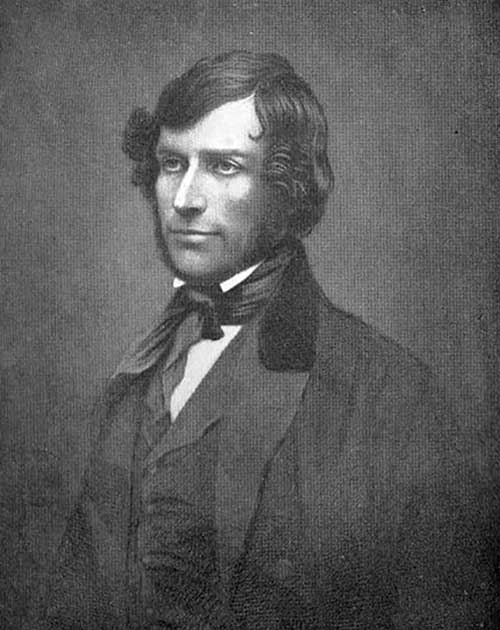Council Statement on John Mitchel Statue and John Mitchel Place
A spokesperson for Newry Mourne and Down District Council has explained the Council’s position in relation to the topical issue of slavery writes Jim Masson.
“The Newry Mourne and Down District Council’s Councillors’ Equality and Good Relations Reference Group met on Friday 19 June 2020.

“The Councillors’ Equality and Good Relations Reference Group is a facilitated discussion space which is the Council’s vehicle for considering and discussing politically sensitive and contentious issues to reach a common understanding, agreement and actions.
“Following constructive discussion between Elected Members on the John Mitchel statue and John Mitchel Place [in Newry], it was agreed that officers:
- proceed to clarify responsibility for the John Mitchel statue,
- develop options for an education programme,
- identify the origins of John Mitchel Place and
- give consideration as to other potential issues in relation to slavery within the Council area.”
***
Joh Mitchel had been a journalist and writer and even served as a soldier in his trouble strewn life. His political sentiments were Irish nationalist and for that he ended up in a penal colony in Australia.
But he escaped and fled to the United States before the American Civil War began. He supported the concept of slavery. Mitchel took the side of the confederates in the war believing that black people in the Southern estates were treated better that the Irish immigrants in the factories in Manchester. His view was that slavery was ethical.
When the slavery issue resolved itself with the Northern States beating the Confederates, Mitchel then focused on his Irish nationalism roots again and moved to New York and worked as a journalist. He set up a newspaper and concentrated on Irish issues. But it his pro-slavery sentiments that are currently seen as a current issue.
To remove his statues and place names may well please the anti-racism movement but would certainly irk Irish political nationalists.
John Mitchel was an intense character having initially been comfortable with the idea of slavery when he arrived in America.
Also, recently there were calls for Killyleagh’s famous son, Sir Hans Slaone, to be removed from a square and streets in London of his name and also statues given his association with the slave trade.
Hans Sloane married Margaret in 1695 after her husband died, and she became the benefactor of her late husband’s slaves and estate in Jamaica. Therefore, Sloane, although he was an inveterate collector of curiosities and a botanist mainly among other things such as being a royal surgeon, by default he became implicated as a benefactor of slavery from the Jamaica estate.























